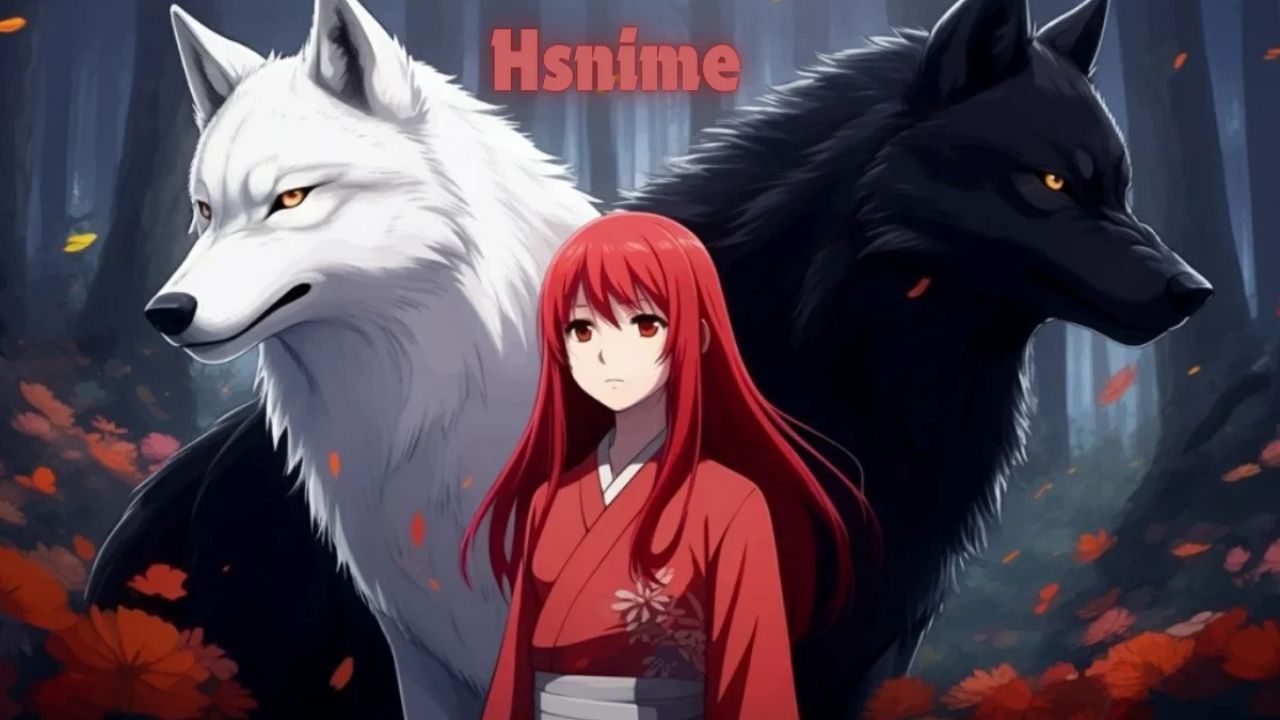Heavy R is more than just a label; it’s an experience that resonates deeply with music lovers. With its raw energy and powerful sound, this genre has carved out a unique space in the musical landscape. But what exactly defines Heavy R? The journey of this genre is as captivating as the music itself, filled with history, evolution, and cultural significance. Whether you’re a die-hard fan or new to the scene, understanding Heavy R opens up a world of rich sounds and profound connections. Let’s dive into its roots, characteristics, controversies, and the impact it has made on society—because there’s so much more to discover beyond those heavy riffs and intense vocals!
What is Heavy R?
Heavy R is a genre that embodies intensity and emotion. It’s a fusion of powerful instrumentals, aggressive vocals, and themes that often challenge societal norms. This style captures raw feelings, allowing artists to express their frustrations and triumphs.
At its core, thrives on the energy it creates among listeners. The music invites headbanging crowds and passionate performances. Fans find solace in its loudness; it’s cathartic.
The term itself encompasses various subgenres, blending elements from metal, hardcore punk, and even industrial sounds. Each artist brings their unique twist while maintaining the foundational essence of heavy riffs and dramatic undertones.
This genre defies traditional structures—it’s about breaking boundaries rather than adhering to rules. It’s not just music; it’s a movement that resonates with those looking for something deeper in sound and lyricism.
The Roots of Heavy R: Tracing its Origins
Heavy R finds its roots in the gritty landscapes of 1970s rock and metal. Bands like Black Sabbath laid the groundwork, blending dark themes with powerful riffs. Their sound was revolutionary, giving birth to a new musical identity.
As punk emerged in the late ’70s, it introduced raw energy and rebellion. This fusion of genres sparked what we now recognize as heavy R music. The aggressive beats and intense vocals quickly became symbols of defiance against mainstream culture.
In the ‘80s, heavier sounds surfaced with thrash metal and hardcore punk. These movements pushed boundaries further while embracing chaos within their rhythms. Artists experimented with lyrics that challenged societal norms, fueling a cultural shift.
The blend of diverse influences shaped heavy R into an ever-evolving genre, reflecting both personal struggles and broader societal issues through its unique style.
Characteristics of Heavy R Music
Heavy R music is marked by its aggressive sound and intense emotional delivery. The instrumentation often features distorted guitars, thunderous drums, and powerful basslines. This creates a wall of sound that resonates deeply with listeners.
Vocals in are frequently raw and unfiltered. Singers may use growls or screams to convey the genre’s intensity. Lyrics typically explore themes of rebellion, pain, and societal issues, giving voice to the struggles many face.
Rhythmic complexity also sets Heavy R apart. Time signatures can shift unexpectedly, adding an element of surprise that keeps audiences engaged.
Moreover, heavy breakdowns serve as pivotal moments within songs—inviting mosh pits at live shows while eliciting sheer energy from fans.
Production techniques play a significant role in shaping the overall aesthetic of Heavy R music; gritty sounds enhance its authenticity while pushing boundaries within the genre itself.
Evolution of the Genre: From Metal to Hardcore
The evolution of heavy R is a fascinating journey through sound and culture. It began with the thunderous riffs of metal, where guitar solos ruled the airwaves. Bands like Black Sabbath and Led Zeppelin laid the groundwork for what would become a heavier subgenre.
As time marched on, energy intensified. The raw emotion of hardcore punk emerged in the late ’70s and early ’80s. Groups like Minor Threat embraced aggressive tempos and politically charged lyrics, pushing boundaries further.
This shift wasn’t just about speed; it reflected societal angst too. absorbed elements from both worlds—metal’s musicianship mixed with hardcore’s rebellious spirit created something entirely new.
Listeners craved authenticity, leading to more underground scenes developing across cities globally. Each wave brought innovation while staying true to its roots, making heavy R a dynamic force within music culture today.
Controversies and Criticisms Surrounding Heavy R
Heavy R has always sparked debate. Critics often point to its explicit lyrics and themes as problematic. They argue that the genre glorifies violence, substance abuse, and misogyny.
Some believe this music can influence behavior. Studies suggest exposure to aggressive content might desensitize listeners. This raises questions about responsibility in artistic expression.
Fans of Heavy R defend it fiercely. They view the genre as a form of catharsis or rebellion against societal norms. For them, it’s an outlet for emotions that mainstream music fails to capture.
Yet, even within the community, there are disagreements on what defines Heavy R’s boundaries. Some artists push envelopes further than others, leading to differing opinions on where creativity ends and irresponsibility begins.
It’s a complex landscape filled with passionate voices on both sides of the argument.
Impact on Popular Culture and Society
Heavy R has left an indelible mark on popular culture, influencing fashion, art, and even film. Its raw intensity resonates through various mediums, shaping the identity of a generation.
Artists across genres often draw inspiration from Heavy R’s bold themes. The aggressive sound and emotional depth appeal to diverse audiences. This genre challenges norms and invites conversations about societal issues.
Moreover, Heavy R music festivals attract thousands of fans each year. These events foster a sense of community among listeners who share common values and experiences.
The visual aesthetics associated with also play a crucial role in its cultural impact. Iconic imagery often accompanies album covers and promotional materials, creating memorable visuals that stick with fans long after they leave the concert venue.
Social media platforms amplify this influence further. Fans create content that celebrates their favorite artists while spreading awareness about issues relevant to the genre’s themes.
The Future of Heavy R and its Influence on Music
The future of heavy R looks promising, as it continues to blend with various musical styles. Artists are experimenting, pushing boundaries, and redefining what this genre can represent.
With the rise of digital platforms, heavy R artists have greater access to global audiences. This exposure inspires innovative collaborations across genres like hip-hop and electronic music. Such fusion is creating fresh sounds that captivate listeners.
Emerging talent is embracing themes of personal struggle and social issues through their lyrics. As they tap into contemporary concerns, heavy R remains relevant in today’s cultural landscape.
Moreover, technology plays a vital role in shaping its evolution. Advances in production techniques allow musicians to explore new sonic possibilities. This experimentation could lead to even more diverse sub-genres within.
As fans seek authenticity and connection, the genre’s raw energy will likely resonate strongly for years to come. is set on an exciting trajectory filled with potential surprises ahead.
Conclusion :
Heavy R has carved out a distinct identity in the music landscape. Its evolution reflects broader societal changes and artistic expressions.
Listeners are drawn to its raw energy and emotional depth. The genre continually pushes boundaries, inviting new interpretations. Musicians innovate while honoring their roots, creating a vibrant tapestry of sound.
As we look ahead, Heavy R’s influence is likely to grow. It inspires emerging artists across genres. This dynamic interplay ensures that remains relevant and exciting.
The journey of is far from over; it’s an unfolding story filled with passion and creativity. Each note played adds another chapter to this musical narrative, engaging fans old and new alike.
FAQ’s
Heavy R continues to captivate audiences, pushing boundaries and challenging norms. As this genre evolves, its influences ripple through various facets of music and culture.
When exploring many questions arise. Here are some frequently asked queries:
What defines Heavy R music?
Heavy R is characterized by its aggressive sound and intense emotional themes. It often blends elements from metal, punk, and hardcore genres, creating a unique listening experience.
How has Heavy R evolved over time?
The genre has undergone significant transformations since its inception. Initially rooted in heavy metal’s raw energy, it later incorporated the frenetic pace of hardcore punk. This evolution reflects broader societal changes and musical experimentation.
What controversies surround Heavy R?
The genre has faced criticism for its explicit lyrics and violent imagery. Some argue that it glorifies negativity while others contend it’s an art form expressing authentic emotions.
Does Heavy R influence popular culture?
Absolutely! Many mainstream artists draw inspiration from s bold style and thematic depth. Its impact can be seen in fashion trends, film soundtracks, and even advertising campaigns.
Is there a future for Heavy R?
As long as artists continue to experiment with their sounds and push creative limits, will likely thrive. The next generation of musicians may introduce fresh perspectives that further shape the genre’s landscape.










